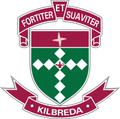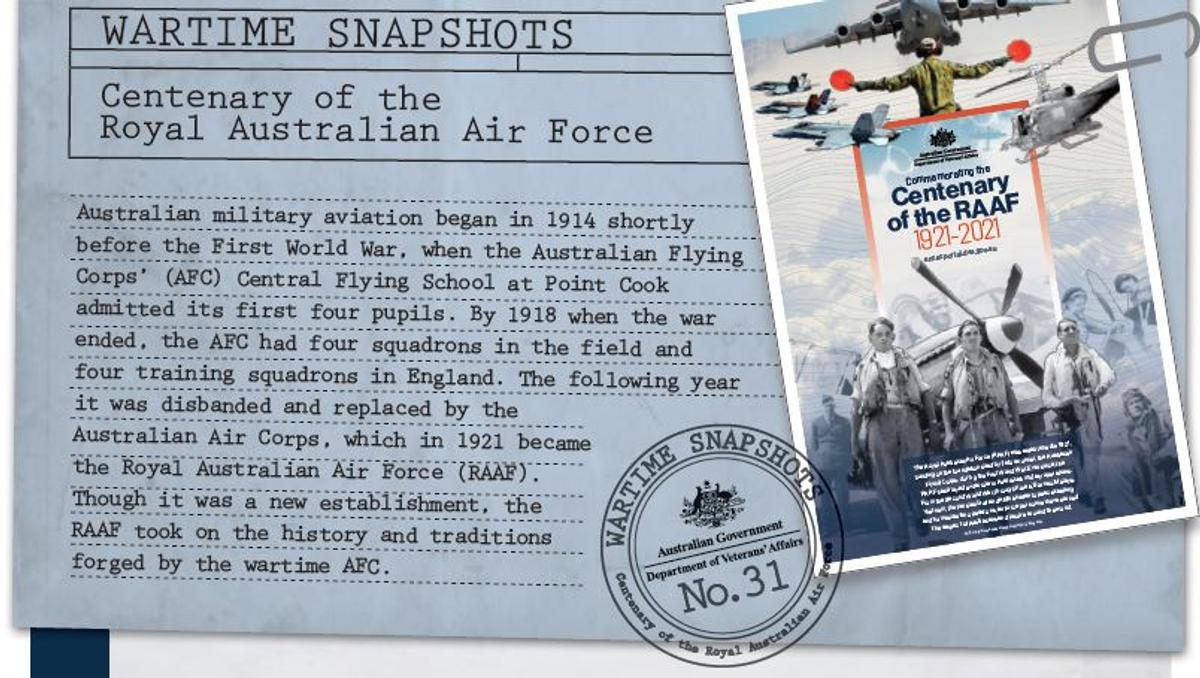Humanities

ANZAC DAY 2021
This year we were once able to attend in person the ANZAC Day commemoration ceremonies around our state and even though the controversy around attendance at Shrine of Remembrance and the official ANZAC parade has dominated the news in recent weeks I did feel fortunate that I and many others were able to reflect and remember at the dawn service at the Mentone RSL.
The service was delivered by R.A.A.F Captain Ian Hill, which was fitting given that this year is the 100-year celebration of the establishment of the R.A.A.F. In the cold, pre-dawn minutes in front of the flagpoles, so many people gathered, listening, silent and respectful, even the dogs they brought, did not bark!
Below is an extract from the official speech.
We commemorate an event which is luminous in the registers of Australian history. At around 4.30 am on 25th of April 1915, soldiers of the Australian and New Zealand Army Corps -- the first ANZACs -- landed on the Gallipoli Peninsula. By the end of that day, over 16,000 had surged ashore; more than 2,000 were dead or injured.
These men did not set out to be immortalised. But their conduct on that day – and over subsequent months -- has made them immortal, securing their place in the National sub-conscious.
Those who have gone before us have placed a great trust is in our hands. The sacrifice of Australian citizens in our Nation’s wars devolves a weighty obligation upon us. We have inherited a duty to secure and to preserve peace and justice in our land and in the world.
Resonant across lifetimes, the implication of war is awful. In war there is an indescribable human cost and consequence. The resonance of conflict spans generations. Public life is united with private households in calamity and sadness. In war, even success comes at the cost of unutterable distress.
There are 102,866 names on the Australian War Memorial’s Roll of Honour. 102, 866 people have made the ultimate sacrifice for our country.
Traditionally, this day pays honour to those who gave their life in the Gallipoli campaign, but we also remember the role played by all our defence force women and men in every campaign where Australians have been present. This year, I would like to focus on the role of our Vietnam veterans and in particular their efforts at The Battle of Long Tan.
THE BATTLE OF LONG TAN 1966
The Battle of Long Tan occurred on the afternoon of 18 August 1966, just two months after the 1st Australian Task Force (1ATF) established its base at Nui Dat, South Vietnam. While searching a rubber plantation near Long Tan for communist forces who had attacked the base with mortar and rocket fire in the early hours of 17 August, D Company, 6th Battalion, The Royal Australian Regiment (6RAR) encountered a combined force of North Vietnamese Army (NVA) regulars and local and provincial forces of the National Liberation Front (NLF). D Company numbered 108 men. The combined enemy force was estimated at over 2,000 soldiers.
Under intense enemy fire, the separated platoons of D Company fought off repeated enemy attacks, supported by accurate artillery fire from the base at Nui Dat. R. As D Company’s position became increasingly desperate, two RAAF helicopters succeeded in dropping ammunition to the men despite the heavy monsoonal downpour which persisted throughout the battle. After three hours of continuous fighting, as it seemed that enemy forces may be gathering for a final assault, the besieged company was reinforced with the arrival of A Company, 6RAR mounted in armoured personnel carriers. On the following day, 245 enemy bodies were counted on the battlefield although the enemy is believed to have retrieved many more dead and wounded during the night. Australian losses were 17 dead and 25 wounded, one of whom later died of his wounds. The decisive victory at Long Tan was achieved against odds of over ten to one but left one-third of the Australian company killed or wounded. Fifteen Commonwealth decorations were awarded to individual soldiers for their actions during the battle and D Company 6RAR was awarded a US Presidential Unit Citation. In March 2008, an independent review panel recommended that Commonwealth awards to three soldiers should be upgraded by the award of modern Australian decorations. During Australia’s ten-year-long involvement in Vietnam, there were bigger and more sustained battles, involving larger Australian formations. But few were so intense and dramatic. It was also the army’s most costly single engagement in Vietnam. The bravery, tenacity and sacrifice of Australian and New Zealand soldiers at Long Tan became legendary. That single engagement on just one afternoon in August 1966 has come to symbolise Australia’s ten-year-long involvement in our nation’s longest war.
Ashley EkinsHead, Military History Section
Australian War Memorial
Humanities Student News
The first term was incredibly busy and at times challenging for us all and I would like to acknowledge the Humanities team who swung into action during our brief return to virtual learning. They have worked incredibly hard to ensure that all of our students retain a positive and achievable learning experience.
Below are two examples of what some of the classes have been doing and I thank Ms Therese O’Shea and Mr Tony Grosso’s classes who assisted with their reviews.
Carolyn Callaghan
Learning Leader Humanities
Year 11 Legal Studies - Interview with Assistant Principal: Staff, Tanya Kolb
At the end of Term 1, the Unit 1 Legal Studies students were lucky enough to have Ms Kolb talk to us about her life as a police officer and police prosecutor. After learning about criminal law in AOS 2, this presentation was very eye-opening and helped to give us a better sense of how what we have learnt can be applied in the real world.
Some of the most interesting things about what Ms Kolb told us was how strict the police academy was with regards to small things like the uniform in order to teach them discipline and how heavy the workload was when undergoing the course.
We also learnt a lot more about how a court hearing runs, specifically the Magistrates Court where Ms Kolb worked as a prosecutor. It was interesting to learn about how gender bias in the police force affected Ms Kolb. She told us about how she struggled being a young woman in the police force and how she was looked down upon due to this.
Overall, we all found the presentation enlightening and being able to learn about police life from a first-hand experience was incredibly rewarding. We would all like to thank Ms Kolb for her time and for being so willing to answer all our questions.
Amy Goodchild and
Francesca Malignaggi
Year 11
Year 8 Humanities - Life in Medieval Europe Group Presentations
This research task was really good as we got to see other people's slides and listen to their information and learn about their topic, as well as our topic. It was a bit of a challenge but it turned out to be fun and interesting.
Some of the topics were Medieval Art, Music, Dance and Literature, Medieval Women, Knights and Armour, Daily Life, and Law, Order and Justice. Our group’s topic was Art, Music, Dance and Literature.
Our favourite activity was where we all had to pick a side of the classroom according to the question. It was a prepared by the Law, Order and Justice group.
Lily Proudfoot Napier
and Madison Rabaut
Year 8
In History this term, we have been learning about life in Medieval Europe. This topic taught us a lot about medieval times and we also enjoyed teaching the class about the castles. Three things we learnt during our and our classmates’ presentations were the stages of becoming a knight.
At the moment, the class is working on a quiz including questions from all our topics. In conclusion, we all worked well together and we think that this was a great way to learn in our History class.
Heidi Sinclair, Remee Hall,
Zoe Calabrese and Nat Farrington
Year 8
Our group chose Medieval Women as our topic because women are not recognised or talked about as much as men. After an introduction, we chose to talk about Lady Godiva, Good Queen Maude, Christine De Pizan and Eleanor of Aquitaine.
We learnt different things about their public appearances, but also their private lifestyles. This gave us a better understanding of women in medieval times and their importance to society back then.
Emily Kinna, Bianca San Jose,
Siahn Carter and Ella Wickstrom
Year 8


